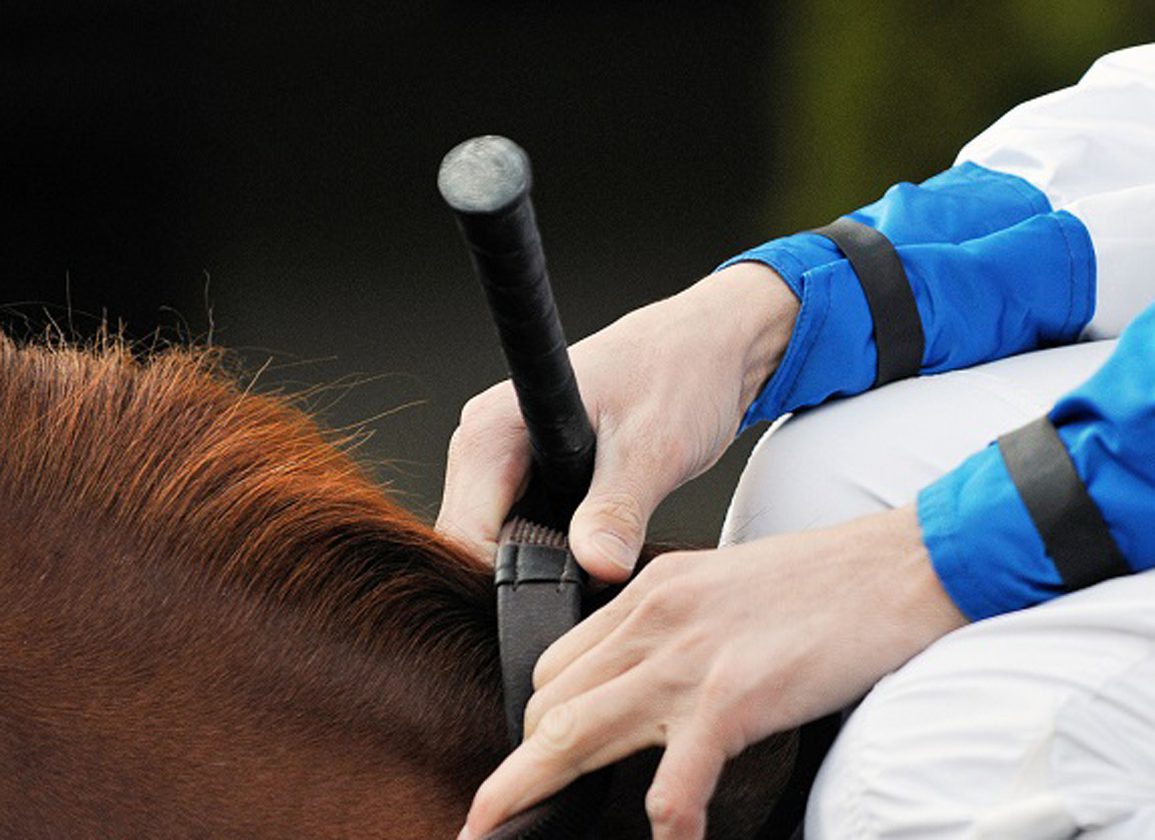We have all been affected by the recent tragedies that have occurred in the racing industry. Whether reading of, heartbreakingly witnessing these horrors on national television, or while sitting with our friends at an event, we have all begun with breathless engagement in the grand spectacle of poetry in motion. We watch in admiration and awe as living, breathing works of art slice through the wind in full flight only to often sadly witness events that cannot be unseen; events that may haunt the recesses of our minds, creating fodder for nightmares to come.
How many of us bite our lips when the full flight of competitors turns the corner at the quarter pole hoping and praying that they cross the wire safely, not having to be destroyed for the sake of entertainment or for gamblers to experience another hit or miss? Upon witnessing these events, people walk away during watch parties, quickly change the channel, walk out of the racecourse on what purported to be a beautiful day at the races and eventually, walk away from the sport.
With no substantial uniform national rules, creating and sustaining entertainment value for a whole new and different culture is one of the many challenges of thoroughbred racing. We have had way too many deaths, irregularities and misinterpretation of rules which contributed to the prolonged delay of naming a Kentucky Derby winner as well as the conviction and possible imprisonment of a celebrated trainer winning an international event for cheating that involved veterinarians as well. Sadly, this is becoming the face of our sport.
With decreasing foal numbers and closing of racing venues over the years, it is no secret that we are not growing. In fact, we are dying as a celebrated sport and as a source of livelihood for thousands. The industry is in the trauma bay, and we need all hands on deck to survive and perhaps be able to again thrive.
Allow me to introduce myself and also offer a possible lifeline to the sport and industry: a lifeline based on physiologic fact that will perhaps quell the rising tsunami that threatens our very existence by supplying a palpable, visual solution while also serving as a public relations tool.
I am a human surgeon by training and a third-generation horseman by choice. My undergraduate degree is in animal and veterinary science which prepared me to enter vet school but I chose medical school and surgery as my primary profession. I have been competing in equine sport my entire life. I have a show horse background and have worked with and for trainers in different disciplines and have achieved world-championship status during my show career. I have been involved in the thoroughbred industry as an owner, principal of a racing LLC, creator of racing and sales syndicates, horse farmer and pinhooker for over 15 years. I have an intimate knowledge of these athletes, how they work and the physiologic machine that allows them to perform at peak levels.
Catastrophic breakdowns and efforts to decrease them are nothing new to the sport . We have traditionally looked at multiple racing surfaces by trying to find the culprit in the infrastructure, and content of the surface on which we run.
However, we have not discussed PROPRIOCEPTION…. what it is and how it works in both the human body and equine athlete. Proprioception permits horses to sense pressures, discomforts, tension and location of their bodies and limbs. It is an automatic feedback mechanism through sophisticated neurological pathways generated by bone and sinew all the while telling the animal where its body parts are in relation to the environment.
Equine sport places unusually steep demands on both horse and rider. Proprioception allows the horse to sense joint angles, muscle length, tendon tension and postural balance. These proprioceptors are nerves that can pick up .002 percent of muscle length and send that information to the horse's brain allowing him or her to make adjustments for gait and ultimately, survival.
Enter the crop. The crop is an age-old tool that has many purposes in equine sport and has been modified on several occasions. But let's face it, it is primarily used as an accelerator. Granted, it causes very little harm to the horse and on most occasions just strikes the saddlecloth. But it is an accelerator for all to see coming down the stretch.
Now consider the physiologic framework of proprioception and the horse's natural competitiveness combined with the concomitant use of the accelerator. Could the accelerator (crop) be a participant in the horse surpassing and overriding his natural proprioceptors, thus causing him/her to extend themselves past the point of bone and sinew? If so, wouldn't it be prudent to omit this piece of equipment to protect the horse from over extending and instead winning the race with his own heart, determination, conditioning, and riders urging, all the while demonstrating to the public that thoroughbred racing takes action, thus easing the ever present threatening public relations issue. Now may be the time to” Drop the Crop.”
David W Ranson, MD, Principal of Equivest Racing LLC
Not a subscriber? Click here to sign up for the daily PDF or alerts.






